I recently attended the 20th annual Multicultural Marketing and Diversity conference of the Association of National Advertisers. I was delighted to see that multicultural marketing and diversity were top-of-mind among the marketing executives in attendance — a recognition of today’s demographic, social, and economic reality.
Here are five key takeaways from the conference and what they mean for us as marketers.
1. Growth cannot happen without addressing the multicultural population. Diverse and inclusive marketing practices have been officially recognized as an imperative for growth. Many companies say the majority of all their future brand growth will come from multicultural segments.
Multicultural segments are growing: By 2060, Hispanics will represent almost 30% of the U.S. population, according to the U.S. Census Bureau. With 72% recent growth, Asian Americans are the fastest-growing segment, according to Pew Research. At $1.8 trillion in purchasing power (according to a report by the Selig Center for Economic Growth), African Americans set the trends for young consumers.
The multicultural future has arrived in many locations.
The multicultural population is over 50% in Hawaii, Washington, D.C., California, New Mexico and Texas, with Nevada, Maryland, Georgia, Arizona, Florida and New York approaching majority multicultural status.
Nearly all 25 of the most populated counties in major DMAs like Los Angeles, New York, Chicago, Dallas, Houston and Miami are multicultural majorities. Because these geographies tend to be imperative for achieving many brands’ growth objectives, a multicultural marketing strategy also becomes imperative.
2. Multicultural must be integrated into core strategy, from inception to execution to measurement. Briefing MC agency partners months after the general market brief has been created will not produce effective results.
The key is “integration” of all stakeholders from the beginning. Multicultural insights and expertise need to be baked into any strategy, rather than added post-strategy, where the result is often ineffective executions.
3. Advertisers must right-size their investments. Multicultural segments represent about 40% of the U.S. population, yet 50%-60% of advertisers spend less than 1% of their ad budgets to target multicultural audiences.
Match your organization’s multicultural investment to its audience in order to attain growth.
4. Diversity inside and out. Effective multicultural marketing goes beyond the campaign. It’s about leveraging internal and external experts who also reflect the communities being targeted, and who can uniquely identify the best influencers, platforms, etc. for engagement.
Leverage your multicultural ecosystem, from internal teams to external influencers and audience-appropriate tools, to create a competitive advantage.
5. Human interactions create multicultural engagement. The best multicultural marketing is about humanizing the brand for growth, accounting for deep empathetic and emotional needs of our consumers in order to drive brand relevance and business impact.
Demographics, online platforms and other tools help you reach multicultural segments, but “reaching” does not mean “connecting.” Connecting comes from authentic, human, shared values.
We hope you can use these takeaways to drive your 2019 growth plans and incorporate them into your strategies starting today.
This article was written by Jennifer Woods and appeared originally at MediaPost.

